In the realm of modern commercial spaces, the concept of smart buildings is revolutionizing the way structures operate. At the heart of this revolution lies the integration of various building systems, with lighting controls playing a pivotal role. Here, we explore how lighting controls are a vital component of smart building controls, along with other intelligent building applications.
1. Lighting Controls as Part of Full Building Controls
Within the modern landscape of commercial spaces, the paradigm of smart buildings is reshaping operational norms. At its core, this transformation hinges on the seamless integration of diverse building systems, with lighting controls emerging as a central catalyst in driving efficiency and innovation. While lighting control systems are often specified primarily for their energy efficiency benefits or code compliance, they offer much more than just illuminating efficiency. Additionally, lighting plays a crucial role in occupant productivity and well-being in the workplace. With networked lighting controls, it’s possible to simulate natural daylight conditions, enhancing comfort and productivity. By adjusting light levels and color temperatures, these systems create a more comfortable commercial environment conducive to increased efficiency and mental well-being.
2. Building Health and Maintenance
Amidst the COVID-19 pandemic, health and safety considerations became paramount for commercial buildings. Lighting control sensors can accurately count the number of occupants in a room, aiding in population density tracking. This data can inform facility management teams about cleaning schedules and the type of cleaning needed, ensuring a safe environment for occupants. Additionally, it assists in office space redesign to meet distancing requirements and enforce capacity restrictions.
3. Air Quality Control
CO2 buildup in indoor spaces can impact occupant comfort and productivity. While traditional CO2 sensors trigger air dampers based on thresholds, building controls provide more accurate occupancy data. This data enables proactive management of air quality by triggering ventilation systems to introduce fresh air when needed, ensuring a healthier indoor environment.
4. Temperature Control and Energy Savings with HVAC
Integrating building controls with HVAC systems optimizes energy consumption and occupant comfort. Occupancy data informs HVAC responsiveness, reducing energy consumption during low occupancy periods. It also enables HVAC systems to switch from air conditioning to bringing in fresh outdoor air when necessary, further enhancing energy efficiency.
5. Proactive Power Usage Diagnostic
Networked control systems collect data on energy usage, allowing facilities teams to diagnose and address issues promptly. By monitoring power consumption at the luminaire and workspace level, these systems identify inefficiencies and optimize power usage without disrupting operations. Additionally, sensors help optimize space utilization by indicating when areas are unused, allowing for energy-saving measures such as shutting off lights and HVAC.
6. Asset Tracking and Wayfinding
Combining trackable tags enables asset tracking within large commercial buildings. This data not only helps locate essential equipment but also informs usage trends and status, optimizing asset management. Additionally, sensors in lighting control systems facilitate wayfinding or pathfinding, making navigation within buildings more efficient, especially in large complexes or warehouses.
Integrating Building Controls with Action Services Group
Specifying a commercial networked control system goes beyond illuminating spaces—it’s about transforming buildings into smart, efficient, and safe environments. With technology constantly evolving, the possibilities for utilizing lighting controls to enhance productivity and efficiency are endless. Partnering with experienced professionals in commercial lighting integration can help unlock the full potential of smart buildings. Contact Action Services Group to learn how to optimize your commercial building and conserve energy by calling 610-558-9773, emailing [email protected] or schedule a call that fits your needs by clicking the button below.

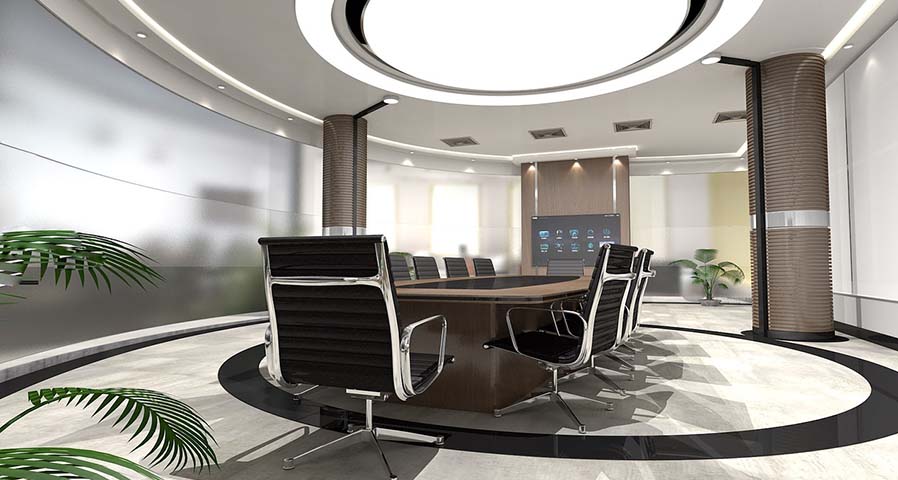

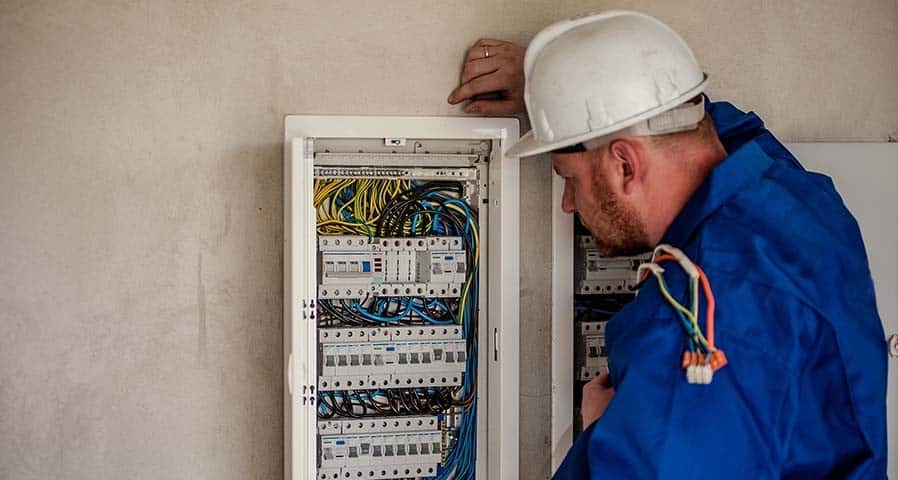
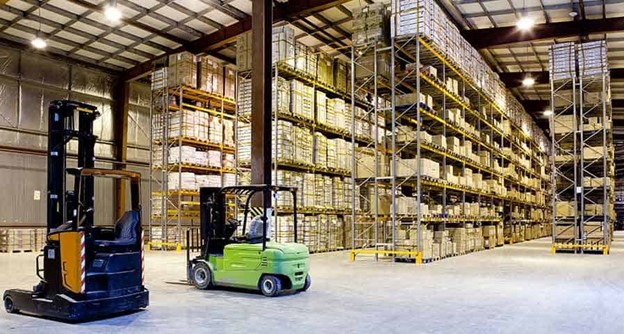
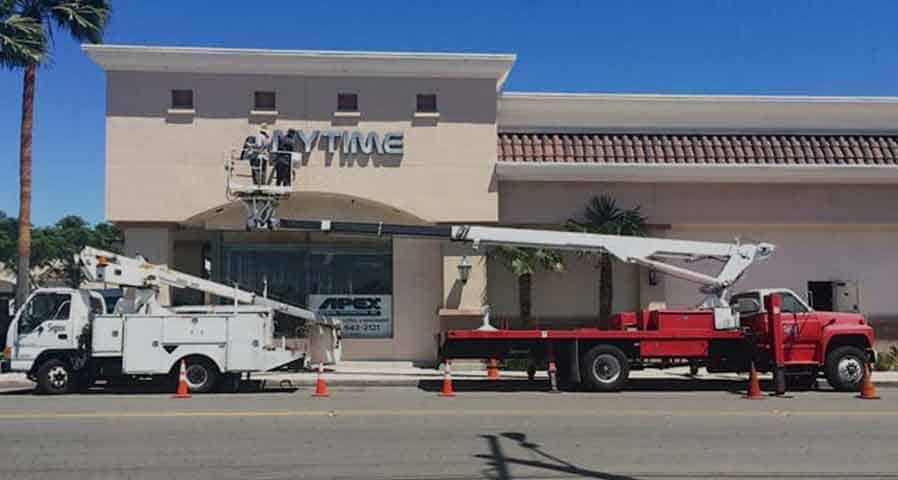

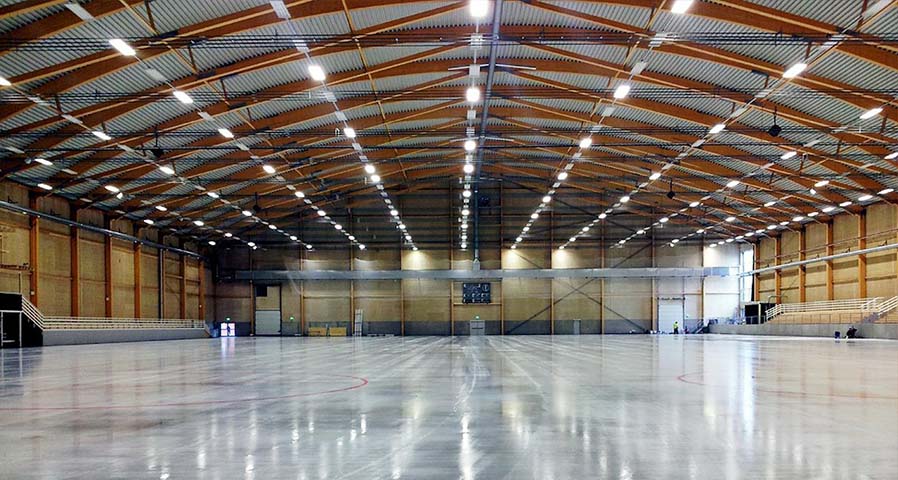








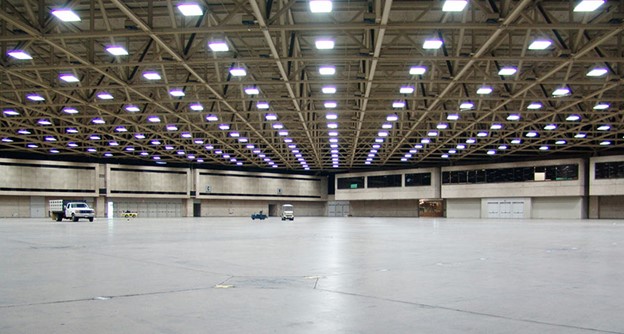
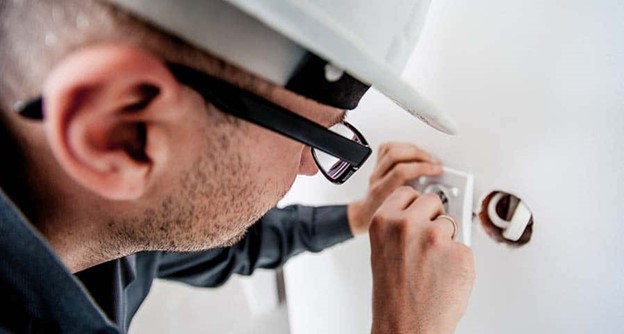

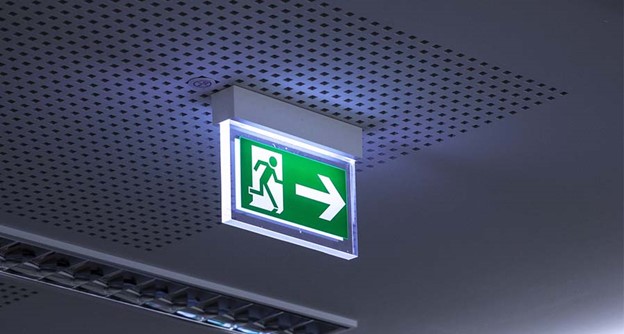
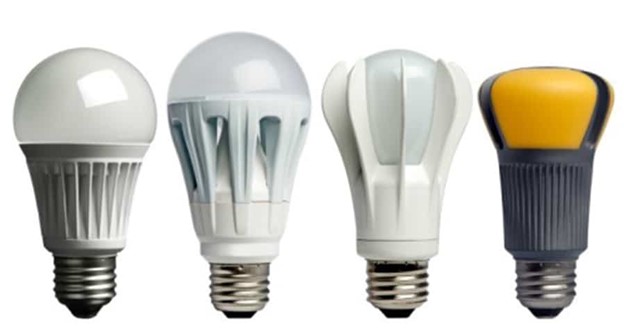
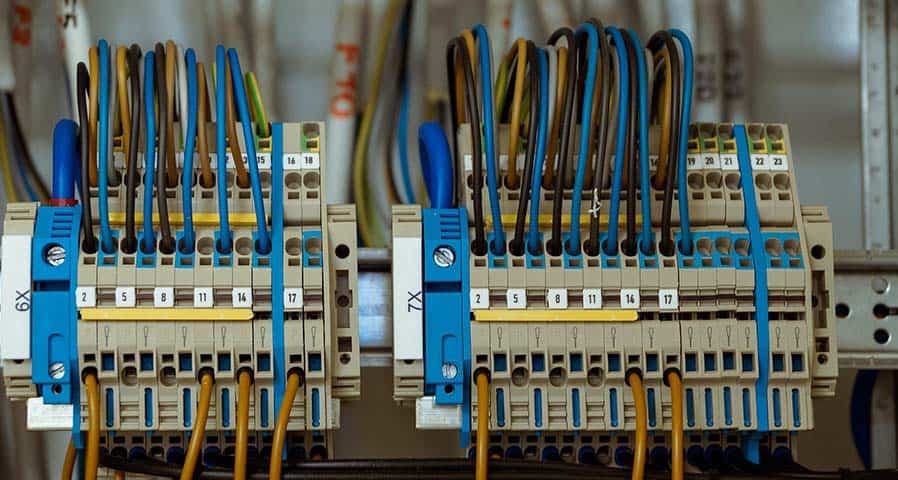



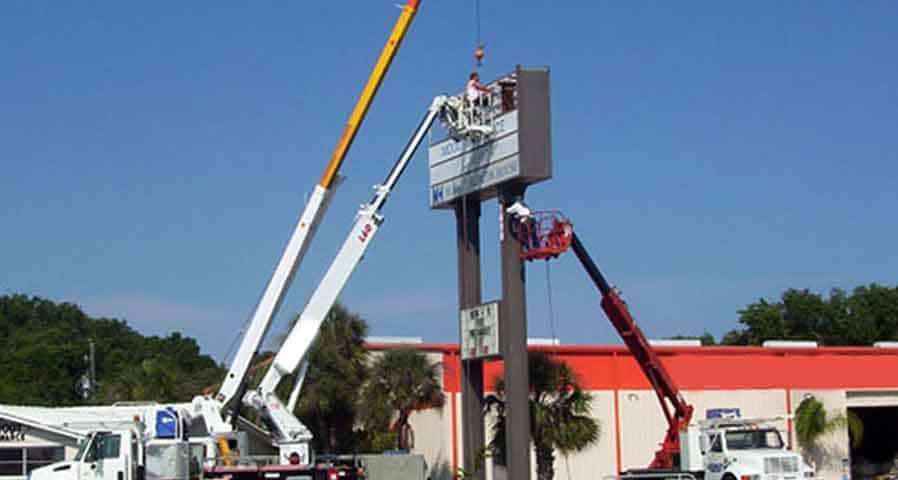

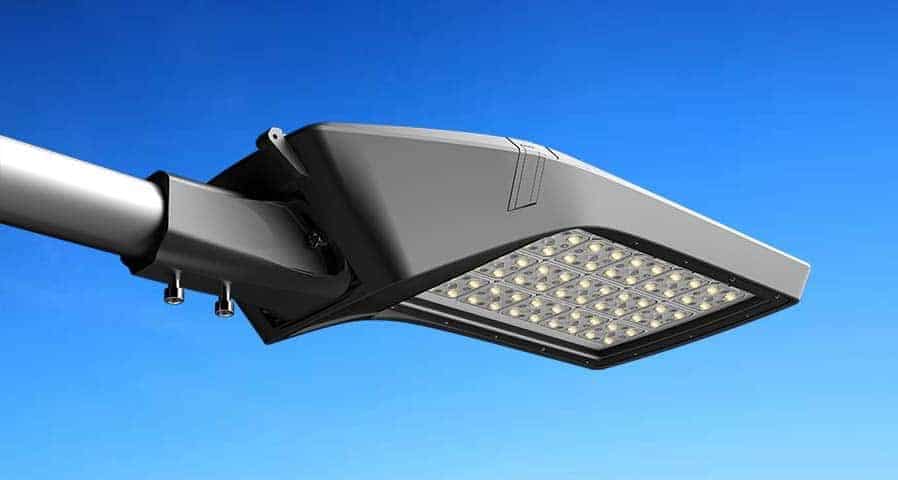
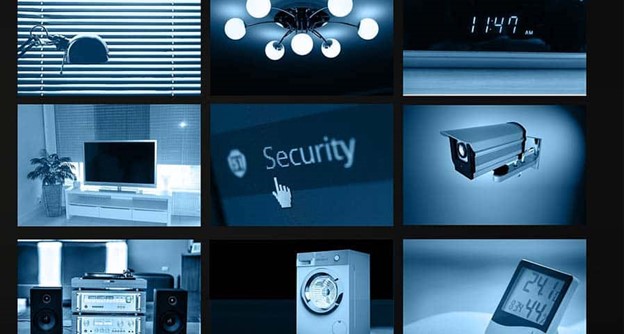

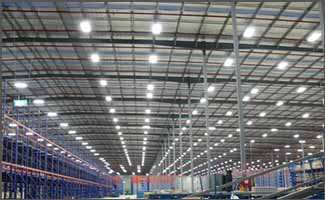








0 Comments